When you solve the cinematic adaptation equation as loudly, triumphantly, and legendarily as Peter Jackson did with his Lord of the Rings trilogy back in the early aughts, it’s worth keeping the dark side of that victory in mind as well. Sure, we may have been gifted with a near-uneclipsable filmmaking achievement in a canon that revolutionized the entire fantasy genre in its own right, but sooner or later, we’d have to contend with the fact that things could only get worse for Middle-earth from here.
That doesn’t mean that the stories that follow shouldn’t be crafted with that same love and artistic urgency as Jackson’s benchmarks, and given the opportunity inherent in a film like The Lord of the Rings: The War of the Rohirrim, it would have been nice if it hadn’t missed such a memo. Indeed, Kenji Kamiyama’s contribution to J. R. R. Tolkien’s brainchild has just about every tool it needs to craft an exciting new vision here — not least of which is the profoundly exciting marriage of this beloved high fantasy world with an anime art style — but, unfortunately, all the tools needed to compromise it are present as well, and those seem to take precedence here.
Set 183 years before Frodo set off for Mount Doom, The War of the Rohirrim stars Gaia Wise as Héra, the princess of Rohan who would rather explore the land on horseback and befriend giant eagles than play politics with her father, Helm Hammerhand (Brian Cox), and her brothers Haleth and Hama. But when Helm accidentally kills Freca, a Dunlending lord and father of Héra’s childhood friend Wulf (whose marriage proposal she also declines), Wulf mounts an army-backed vengeance plot against the throne of Rohan, and it falls to Héra to ensure the safety of her kingdom and people.
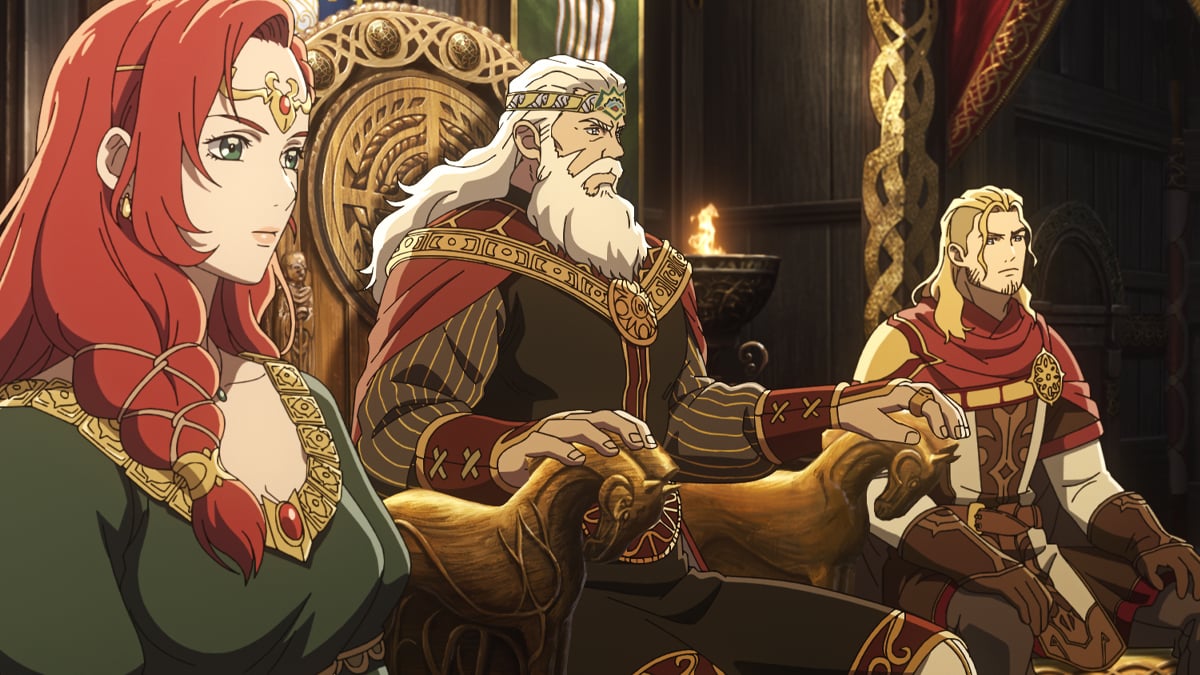
The War of the Rohirrim is one of those regretful cases where it’s perfectly capable of crafting interesting characters, only to then not have the first clue as to how to tell a story with them. From the jump, we’re introduced to Héra at the behest of Miranda Otto’s narration (Otto, reprising her legacy role of Éowyn in a voiceover capacity here) of some adjectives that could reasonably be used to describe Héra, as well as a vague omen regarding her destiny. This persists throughout the film as well, with Otto giving us the largely inconsequential low-downs of timeskips and developments on the theater of war.
The latter two can be somewhat forgiven, as the film curiously styles itself as a sort of anthological tale that has only survived via the oral tradition, but there’s simply no excuse for robbing us of the opportunity to meet Héra organically and come to understand her character and arc on our own terms. This is a shame, because Héra has an incredibly solid skeleton of an arc, but the narrative framework makes it difficult for her and the rest of these characters to spread their proverbial wings.
For example, the majority of the film takes place at Helm’s Deep (or rather, the stronghold that will go on to be called Helm’s Deep by the end of the film), where the remainder of Rohan’s citizens and soldiers try to endure a slow, steady, but violent siege from Wulf’s forces. In this way, the film attempts some sort of tension using the looming threat of the Dunlendings, but only succeeds in plateauing it. In the long period between the kingdom’s arrival at the stronghold and Héra’s showdown against Wulf, the bulk of the story beats don’t move the character needles enough to justify the gratingly disjointed connectivity of the plot.
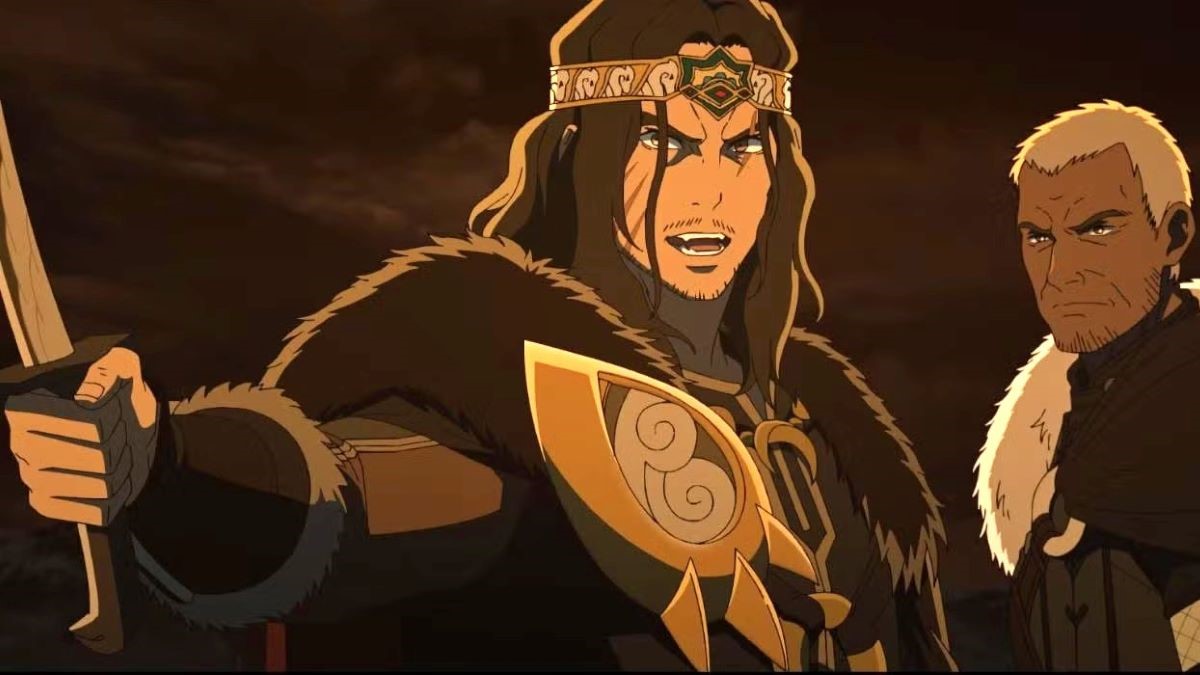
The real culprit behind The War of the Rohirrim‘s lack of tension, however, is its inability to create emotion in its narrative, a sin that’s extra disheartening given the personal circumstances of the film’s characters. Héra and Wulf are known to us as childhood friends, but we get a glimpse of that bond for all of 20-30 seconds in a quick flashback where the two of them are play-dueling in a meadow. That isn’t enough to hook us into the tragedy that should be inherent to two childhood friends on opposite sides of a war. Major character deaths, meanwhile, are played as devastating, but we’re never acquainted with them enough to feel that devastation for ourselves, nor are we acquainted with their loved ones enough to truly empathize with their sorrow.
This — and almost every problem The War of the Rohirrim has — could have been solved if the film prioritized the shared history of Héra and Wulf, as the two of them operate on either side of the same thematic coin. Héra wishes for freedom from her royal ties and family and duties but must decide how she’s going to use her talents once she gets that freedom, while Wulf’s anger is driven by a devastating loneliness and lack of purpose that he can’t stop fixating on, driving him and everyone around him — friend and foe — on a path towards destruction.
Had their bond been given the polish and attention it needed, it would have given us a human core to latch onto while shuffling these themes of freedom, attachment, and responsibility to the forefront. Everything else could have been supplementary. Instead, The War of the Rohirrim forsakes this relationship in favor of war-and-intrigue flourishes with far less interesting characters (or, alternatively, far less interesting moments for the interesting characters), and that is, by quite some distance, the second-worst of its transgressions.
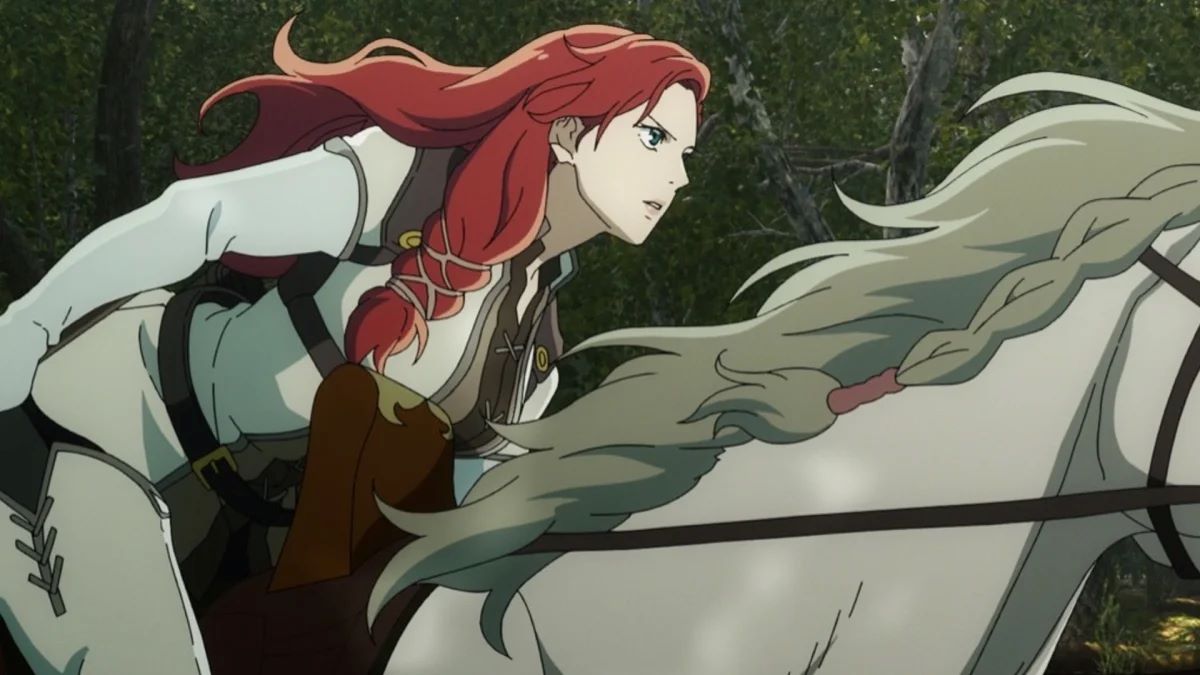
The worst? The fact of its failure in the context of being an adult-targeted animated adaptation of an IP that’s both narratively rich and lucrative on a market level. A theatrical anime film set on Middle-earth isn’t the sort of opportunity you take for granted; this is a film that had a responsibility to use its wealth of control over the frame to render the spectacle of Middle-earth in a way we’ve never seen before, and subsequently help animation rightfully place itself higher on the cinematic social ladder.
It simply does not do enough of this, even though several scenes prove its capability of such a task; Helm fending off Dunlendings at the gates of the stronghold and Héra’s encounter with an Oliphant, to name a few of its visual achievements. So, at the very least, it should serve up a story that helps elevate the prestige of this timeless canon, all while bringing its undeniably unique art style along for the ride as it helps carry the torch forward for the reputation of animated storytelling in cinemas.
Instead, The War of the Rohirrim stares this opportunity right in the face and serves up one of the laziest versions of whatever this story could have been, if not out of contempt, then out of indecisiveness. Ten years from now, this piece of Middle-earth history will emerge as a great candidate for a remake, but it frankly had no business getting it wrong this first time, and if the next Lord of the Rings opportunity is even half as adventurous as this one, we can only hope it’s given thrice the respect.

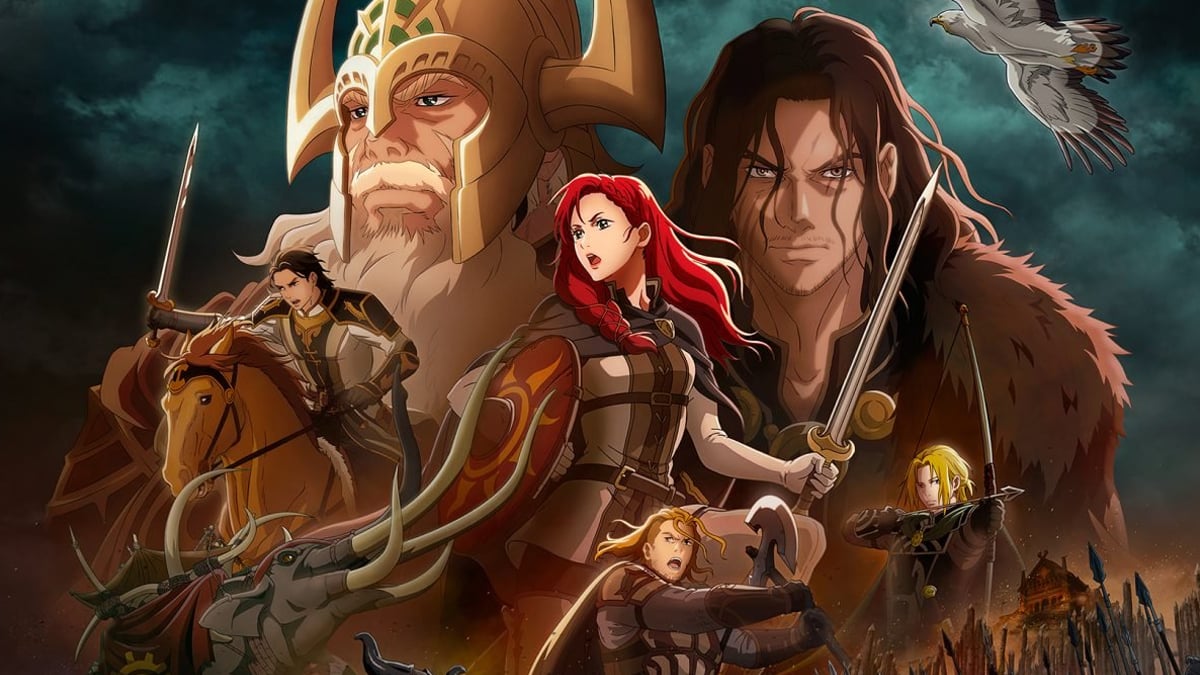
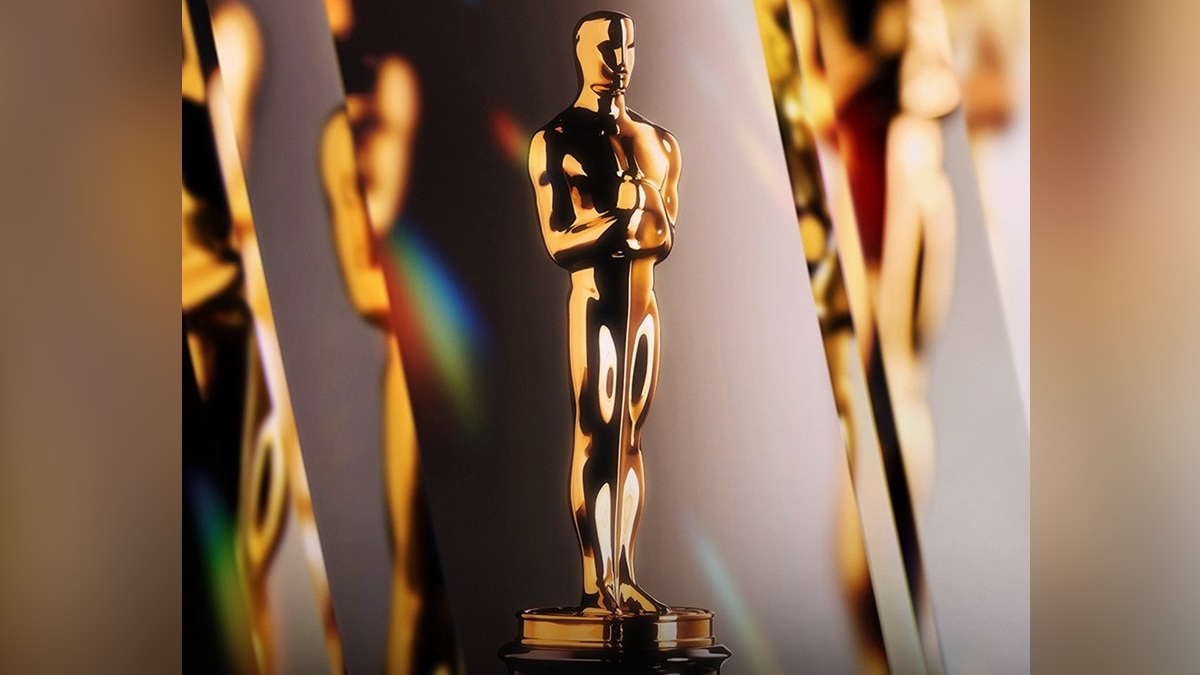
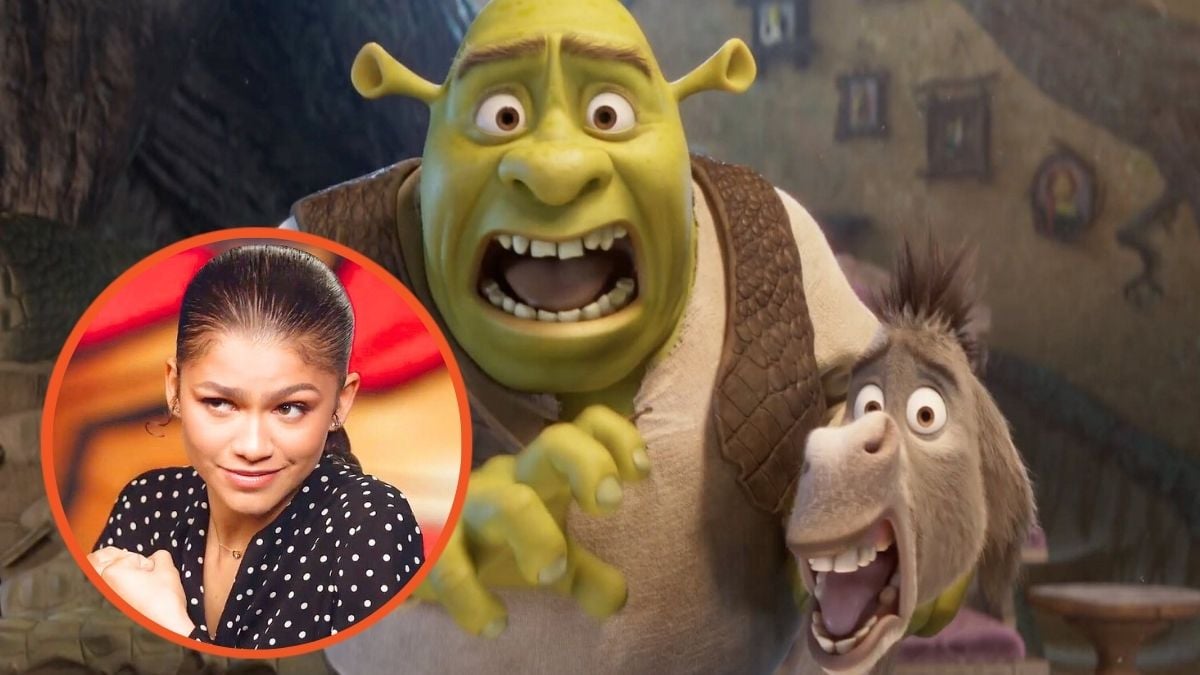
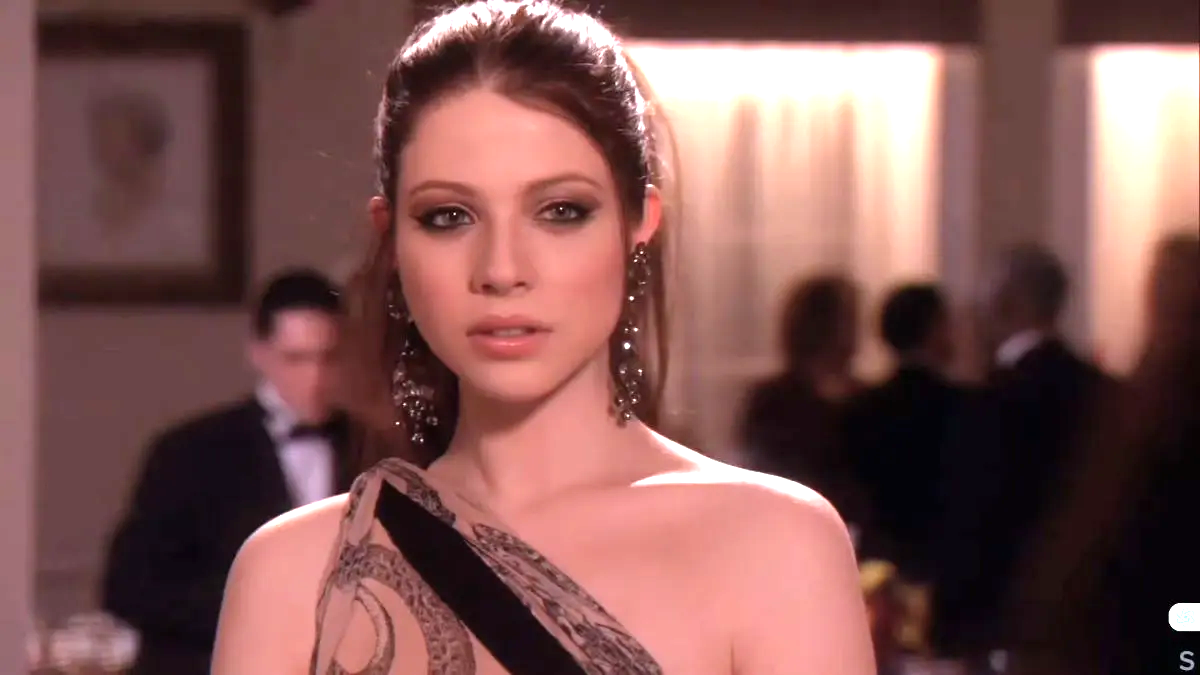

Published: Dec 13, 2024 09:50 am